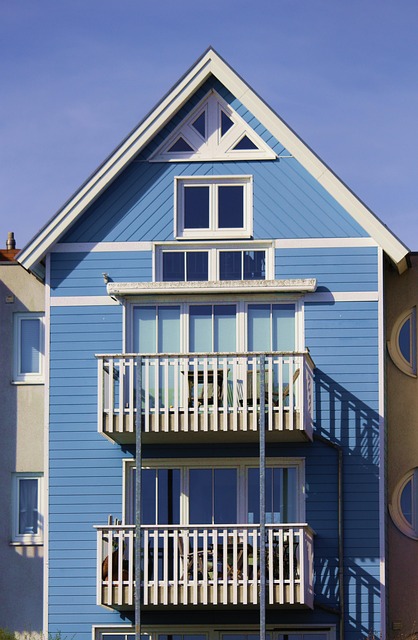Bungalows: Design, Siting, and Coastal Vacation Appeal
Bungalows are a widely recognized housing type known for their single-story layout, simple rooflines, and emphasis on indoor-outdoor connection. Often found in coastal and beach settings, they are used as permanent homes and vacation rentals alike. This article explains bungalow design features, what makes them suitable for beach and coastal environments, and practical considerations for siting near the ocean.

What defines a bungalow design?
A bungalow typically refers to a small- to medium-sized single-story dwelling with a low-pitched roof, wide eaves, and a covered porch. Interior layouts favor open living areas that flow into bedrooms without multiple levels of stairs. Built-in cabinetry, compact kitchens, and efficient use of space are common. While architectural details vary by region—Craftsman bungalows in the United States or Kerala-style bungalows in India—the core idea is accessible, efficient living with a strong relationship to the outdoors.
How bungalow layouts suit a beach setting
Bungalows work well on a beach lot because single-level living simplifies access between indoor spaces and outdoor terraces, decks, or sand-level yards. Large sliding doors, covered porches, and continuous flooring create easy transitions that vacationers value. For short-term rentals or vacation living, the compact plan reduces maintenance and makes cleaning after sand and salt exposure easier. Consideration of durable finishes, removable mats, and storage for gear helps keep interiors functional when used frequently by guests.
Why choose a bungalow for a vacation stay
For vacationers, bungalows offer privacy, a home-like atmosphere, and immediate outdoor access—qualities people often seek on a beach getaway. A typical vacation bungalow emphasizes flexible living areas so groups can gather while still allowing private sleeping spaces. Outdoor amenities such as shaded porches, outdoor showers, storage for beach equipment, and simple kitchen layouts support longer stays. In many coastal markets, bungalow-style rentals appeal to families and small groups who prefer a single-level layout over multi-story options.
Coastal considerations for bungalow sites
Siting a bungalow on or near the coast requires attention to erosion, setback regulations, and local building codes. Many coastal jurisdictions enforce minimum elevation or setback distances from the shoreline to reduce risk from storm surge and beach migration. Materials selection is important: corrosion-resistant fasteners, naturally rot-resistant or treated woods, and fiber-cement siding can extend service life. Landscaping that stabilizes dunes and uses native, salt-tolerant plants helps protect the property and preserves the coastal ecosystem. Local services such as coastal engineers or permitting offices can advise on rules in your area.
Positioning bungalows for ocean views and climate
Orientation matters for both views and climate control. Placing living spaces and large glazing toward the ocean can capture views but requires strategies to reduce glare and heat gain, such as deep eaves, operable shading, or high-performance glass. Cross-ventilation—aligned openings on opposing walls—reduces reliance on mechanical cooling in mild coastal climates. In regions prone to storms, consider impact-rated windows, elevated foundations, and secure roof connections. Thoughtful placement of decks and balconies can maximize ocean sightlines while maintaining privacy and reducing exposure to prevailing winds.
Conclusion
Bungalows provide a practical and appealing option for coastal living and beach vacations by combining single-level convenience, strong indoor-outdoor connections, and relatively straightforward construction. Successful coastal bungalows balance aesthetics with resilience: choosing appropriate materials, following local siting rules, and orienting spaces for view and ventilation. Whether intended as a permanent residence, a seasonal retreat, or a vacation rental, a well-considered bungalow design can offer comfortable, accessible living close to the ocean while responding to the particular demands of coastal environments.






